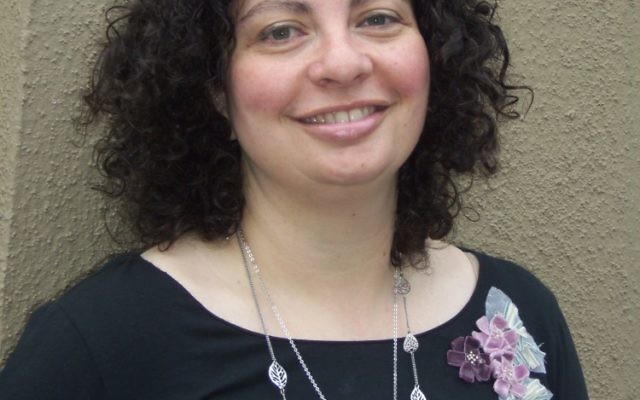Embrace the Many Ways to Be One People
By Rabbi Ruth Abusch-Magder | rabbiruth@gmail.com
The old slogan about Jewish peoplehood, “We Are One,” was pithy but limited. It overlooked the complex messiness of the many ways of being Jewish.
But diversity and unity don’t have to be at odds with each other. I’ve lived my whole life with both, and I’ve seen them in action here in Atlanta.
I am passionate about the Jewish people and about diversity. Every aspect of my childhood was infused with Jewishness. I grew up in a strong secular-Jewish home and attended Orthodox day schools. The often-opposing visions of Judaism and how it ought to be expressed meant that I never thought complete unity was possible. At home, kashrut was a ridiculous relic. At school, it was an essential element. Unified? Not by a long shot.
In my Jewish travels, many have tried to sell me on a singular vision of Judaism. And at various points I tried limiting myself to such visions of Jewishness, but they never stuck.
Having studied in Orthodox, Conservative and Reform institutions, having eaten at Ashkenazi as well as Sephardi Shabbat tables, I know that there is not only more than one way to be Jewish, but that each way of being Jewish has something to contribute while also having limitations.
My own Jewishness comes together from experiencing variety.
I also push back the temptation to walk away from the concept of Jewish peoplehood. Anyone who has been at a baseball game or a rock concert knows that being part of something big can lift us up beyond ourselves.
We know this as Jews. We prefer to pray in a minyan. We have a special blessing for seeing a large gathering of Jews. Jewish peoplehood is powerful stuff.
I felt it most recently when I marched with hundreds of other Jews as part of SOJOURN’s contingent at the Atlanta Pride parade.
Atlanta Jews march as a Jewish whole at Pride, but we are not a singular group. There are queer and straight Jews. People come as individuals; others arrive with groups. Some synagogues stand out with branded T-shirts. Others have their own banners. There are Orthodox, Reform, Conservative and unaffiliated Jews of all ages.
Marching together, we feel the togetherness but don’t have to abandon who we are beyond our shared commitment to LGBTQ pride and rights. It is powerfully cool to be a Jew at Atlanta Pride.
This approach to Jewish peoplehood is not SOJOURN’s alone. I saw it in action at the AIPAC annual gathering as well. While the issue that brought people together was different — it was Israel — the vibe was the same. Democrats, Republicans and independents came together without giving up those identities and affiliations.
Throughout the event people noted publicly and privately how remarkable it was to see this diversity gathered in one room and to feel our collective strength. This is Jewish peoplehood.
Trying to unite all Jews as one is a lofty but unreasonable goal. Despite my lifelong commitment to Judaism, my being a Reform female rabbi puts me outside some of the definitions of Jewish. When we push a singular definition of Judaism, it inevitably means that many Jews will be outside the definition.
The AIPAC and SOJOURN model of Jewish peoplehood is one that allows us to embrace the complex, multifaceted meanings of Jewishness, be they religious, political, cultural or other. This model allows for the greatest range of potential engagement and connection, even if it means we don’t all come together in the same place at the same time for the same issues, causes or events.
Even when we do not agree on everything, we can find places of overlap, and through those connections we can build common ground.
If we let go of the unattainable vision of a singular unity, then Jewish peoplehood emerges as it always has, from the messiness and richness of our collective diversity. And that is a nonslogan style of Jewish peoplehood I can get behind.





comments